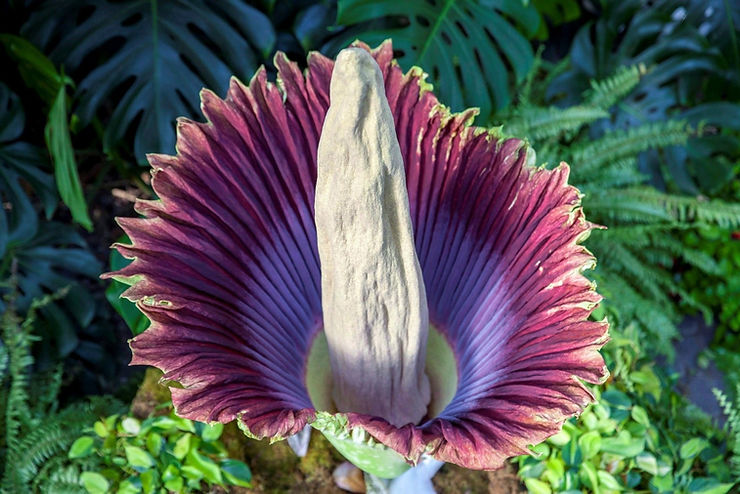By: Jenny Liang
All plant species can produce their own food using a process known as photosynthesis. This involves removing carbon dioxide from the air, water from the ground, and direct sunlight. In addition, plants also require certain minerals that filter directly from the soil through their roots. Some plants, however, have evolved to grow in moist places, such as bogs or swamps.
The waters in these regions tend to rob them of the subterranean minerals that plants rely upon. To combat this deficiency, these plants sought nutrients from elsewhere. Thus, they became carnivorous plants.
Renowned biologist Charles Darwin was fascinated by these insectivores, as he called them, and he devoted a decade and a half of his life to their study. The best-known of these insectivores is the Venus Flytrap. Let’s look at some other known and cryptid carnivorous plants and trees you may not have heard of.
The existence of carnivorous plants may seem like a direct threat to the average human being. That being said, they cannot actually digest or eat humans!
One of the plants considered to be responsible for rumors of man-eating flora is something known as Amorphophallus Titanium, or The Corpse Flower. Experts do consider this to be the largest, most pungent plant in the natural world. One look at this monster plant is enough for some people to firmly believe that it could consume a full-grown man.
When the Corpse Flower is in bloom at 9 feet tall it dwarfs a man and gives off an odor that people describe as a mix of a rotting corpse and excrement. Carrion beetles and flesh flies are attracted to this bizarre odor and are covered in pollen when they become entrapped inside this plant. The Corpse Flower has been known to grow as much as 4 inches in a single day.











